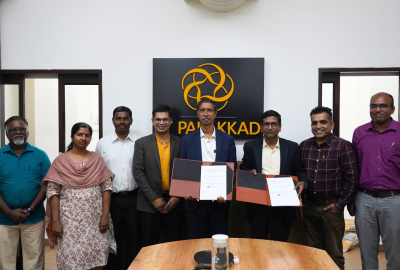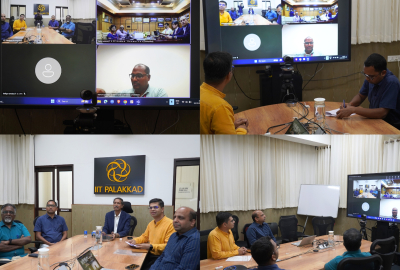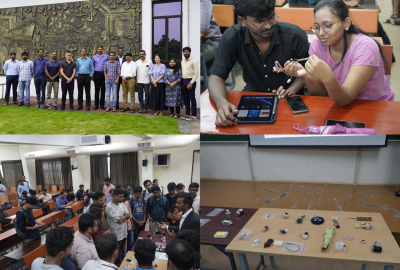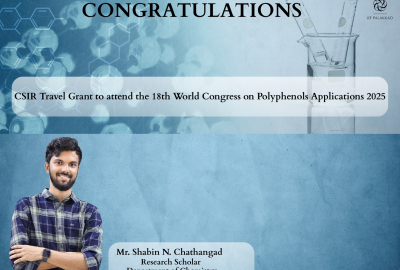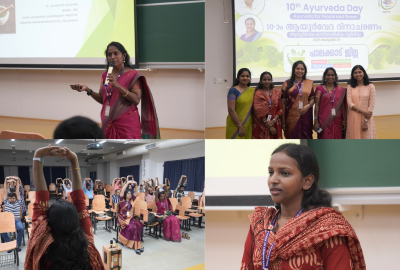
Day 10 of Science Quest and CRYSTAL: A day for Platonic Solids, Symmetry and Math Circles
On the tenth day of the ongoing residential science camp, May 13th, the Mathematics department organized sessions for the students. Dr. G.P Balakumar and Dr Arpan Kabiraj conducted two complementary sessions on ‘Platonic Solids’ for the senior batch. Dr Balakumar’s session was titled Platonic solids : regular polygons v/s regular polyhedra – some aspects of contrasts b/w 2d and 3d geometry. He examined what is meant by a polygon and its 3-d analog, the polyhedron. The idea of ‘convex polygons’ and ‘regular polygons’ further delimited the discussion to those sub types. There are infinitely many polygons (regular or otherwise) on a 2-d plane. However, there are only 5 regular convex polyhedrons and these are called the Platonic Solids. Dr Balakumar proceeded to offer proof of the same with concepts taught in middle and high school and using Euler’s (pronounced ‘Oiler’s’) polyhedral formula V-E+F=2 or, in words: the number of vertices (V), minus the number of edges (E), plus the number of faces (F), is equal to two. Noting that there are upper bounds on degree (d = number of edges emanating out of a vertex) and number of sides of a regular convex polyhedron, it was possible to deduce that dV=2E, and d must be utmost 5, and vertices/sides between 3 and 5. Correspondingly, of the five Platonic Solids, 3 have regular triangular faces, and one each have square and regular pentagon shaped faces.
The next session titled ‘Euler characteristic and convex polyhedrons’ by Dr Arpan Kabiraj introduced the concept that V-E+F is the ‘Euler characteristic’. For a polygon, if the vertex increases by one, the number of edges increases by 1, and the number of faces remains unchanged. Euler’s observation of planer polygons that looked very different helped him identify their common property, which is, for any planar polygonal figure without holes, V-E+F is 1. Eg: (for a triangle) 3-3+1=1. The Euler characteristic changes for the variant of planar polygons with holes (non-solid regions). That the Euler characteristic of the surface of a regular polyhedron is 2 was shown by deleting a face on the visual representation.
The day for junior students started with a lecture by Dr. Jaikrishnan Janardhanan titled ‘What is Symmetry’. In the lecture, he discussed various types of symmetries as well as their relevance in Physics. Following this, a Math Quiz was conducted by Dr. Sarath Sasi, Dr.Lakshmi Sankar and some Research Scholars of the Mathematics Department. During the quiz, some basic mathematics concepts were introduced and the students were asked to prove some results using those concepts. Prizes were distributed to the winners.
In the afternoon, a Math Circle session was conducted by Dr. Jaikrishnan Janardhanan, Dr. G P Balakumar, Dr. Sarath Sasi, Dr. C R Jayanarayanan and Prof. S H Kulkarni and research scholars of the department. Students were taught to solve the Rubik’s cube. Some problems which further expanded on the topics from the quiz were also discussed. The day ended with screening of the documentary 'Secrets of the surface: The Mathematical vision of Maryam Mirzakhani '.

